简体中文
繁體中文
English
Pусский
日本語
ภาษาไทย
Tiếng Việt
Bahasa Indonesia
Español
हिन्दी
Filippiiniläinen
Français
Deutsch
Português
Türkçe
한국어
العربية
How NFTs Can Be More Than Just Tools for Artists
Abstract:Much has been said about non-fungible tokens (NFTs) and their utility for those who would like to get on the train. Sales of NFTs alone have hit a record high this year alone, with everyone from independent artists to the biggest celebrities using them to expand their reach.
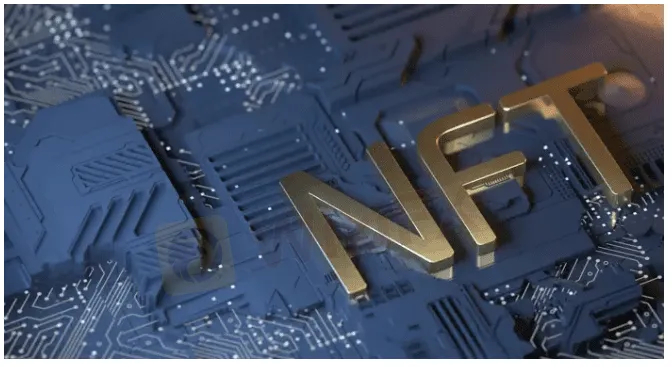
There is little to no doubt that the world has definitely evolved and is ready to move even deeper into the NFT trend. However, like every new concept that grabs attention, many people run the risk of misunderstanding some fundamental things about NFTs.
NFTs Have Benefited the Art and Content Industries
One of the biggest misconceptions about NFTs is that they are only beneficial for artists and content creators who want to protect themselves. This misconception is completely understandable since NFTs have become especially popular because of these artists. Names like Snoop Dogg, Grimes, and more have been prominent in the push for artists to jump on the NFT train and become more self-sufficient.
Even in Africa, artists are using NFTs massively. Jude “MI” Abaga, one of the biggest hip-hop artists on the continent, has partnered with Binance and is looking at the possibility of launching his next album as an NFT. everywhere you go, artists are driving the adoption of NFTs.
Then, there‘s the actual art scene. People are minting NFTs everywhere, using them to sell digital art and make money. They’re now side-stepping the conventional art industry, which involves exhibition houses and curators – all of whom take their own cut of the funds. Now, with NFTs, anyone can make money.
The same can be said for content creators. These people can build their following significantly and leverage that to sell NFTs to people. They set their own prices, and they get to enjoy all the profits that come from the sales of their tokens. If they like, they could program their NFTs so they take cuts out of any token sales that occur even after theyre done with their own purchases.
Utility NFTs: Their Rise, and Why They Look Appealing
But, NFTs are much more than this. Today, there is an interesting rise of “utility NFTs” – NFTs whose values are based on specific metrics which, to the largest extent, can be measured. Many NFT enthusiasts actually believe that these utility NFTs are the future of the industry.
Today, the NFT market is in an interesting position. Many tokens dont specifically have a market value, and this has experts scared that the rise in popularity of NFTs will eventually create a bubble that will massively pop eventually. We saw a bit of a glimpse into this eventuality when the crypto market itself went on a downturn for months. Coins dropped significantly in value, and NFT volumes actually slowed down.
With NFT volumes rising significantly in February, things took a bit of a turn for the worse at the start of April. Coincidentally, this was also the period when the larger crypto market started what would be a months-long crash.
While things might be going great again, the crypto market has shown several signs of dangerous volatility that could wreck investors. What if were seeing the same thing with NFTs?
Despite the general belief that we could be in an NFT bubble, however, many experts believe that NFTs can still survive any wipeout that happens. One of the key factors that will play into that will be utility NFTs.
The concept of utility NFTs is pretty much the same as a utility token. These NFTs provide actual value, as well as the benefit of being scarce. A utility NFT could offer access to specific benefits and perks to its holder. Then, combined with the nature of being scarce, this token can drive massive value.
Several projects are already exploring the growth of utility NFTs. One interesting project is Sloties – an NFT project looking to revolutionize the gaming industry. Sloties are a collection of 10,000 NFTs built on the Ethereum blockchain. Each Slotie purchased offers ownership of an actual gaming platforms profits. Sloties can also be used for staking, while the tokens offer additional perks like rakeback guarantees on bets and much more.
Its easy to see the benefits that a project like Sloties will bring. The gaming industry is a real one, with billions of dollars in value and revenues. Instead of just buying an NFT for the fun of it, Sloties actually allow you to benefit from gaming.
There are many other projects using utility NFTs to their benefit – and those of the token buyers.
Should You Keep Faith in Utility NFTs?
For now, it is worth noting that utility NFTs are still in their infancy. If anything will be done with these tokens, prospective investors will need to verify the details of the utility that they claim to offer.
The cryptocurrency space is filled with several scam projects that claim to do something but arent true. Considering that there is still a lack of regulation in the NFT space, investors are tasked with verifying the details of the tokens they purchase.
Of course, this isn‘t to say you shouldn’t invest in utility NFTs. Based on the intrinsic value that they offer, utility NFTs are actually a much better investment than just any other token out there. At the very least, they offer something. The problem is simply that you need to be more confident about the projects youre backing by purchasing these tokens.
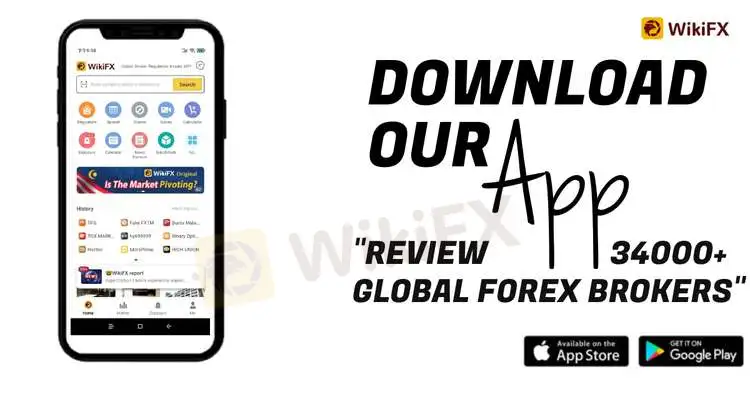
Disclaimer:
The views in this article only represent the author's personal views, and do not constitute investment advice on this platform. This platform does not guarantee the accuracy, completeness and timeliness of the information in the article, and will not be liable for any loss caused by the use of or reliance on the information in the article.
Read more
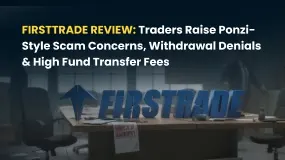
Firsttrade Review: Traders Raise Ponzi-Style Scam Concerns, Withdrawal Denials & More Issues
Have you lost all your capital while trading via Firsttrade? Does the US-based forex broker disallow you from withdrawing funds? Do you have to pay massive fees when transferring funds? Does your trade get affected because of frequent malfunction in the trading app? These have been haunting many traders at Firsttrade. Consequently, many of them have raised complaints online. In this Firsttrade review, we have shared such complaints. Keep reading to know about them.
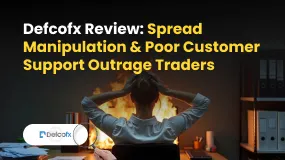
Defcofx Review: Spread Manipulation & Poor Customer Support Outrage Traders
Does the poor customer support service leave you stunned when trading via Defcofx? Do you receive blunt, negative responses from the support team on several trading queries? Does the Saint Lucia-based forex broker pile on the losses for you by manipulating forex spread charges? In this Defcofx review, we have shared some complaints made against the broker. This will further answer your question: Is Defcofx real or fake?
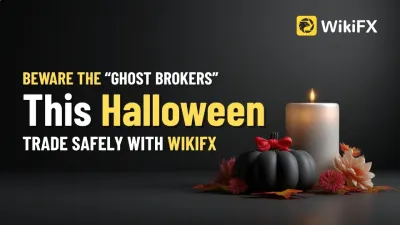
Beware the “Ghost Brokers” This Halloween — Trade Safely with WikiFX
Stay safe this Halloween! Spot and avoid ghost brokers in the forex world with WikiFX – your trusted tool for verifying broker legitimacy.
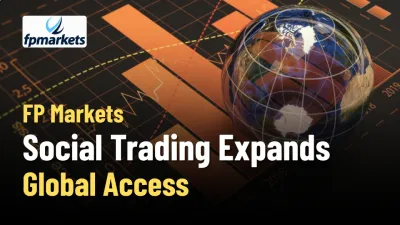
FP Markets Social Trading Expands Global Access
FP Markets Social Trading connects traders worldwide, offering copy trading, Forex strategies, and expert insights across global markets.
WikiFX Broker
Latest News
How to Add and Take Out Money from Amillex Broker: A Complete Guide
FCA warning: These Firms are on the list
Ponzi Scheme Operator Sentenced to 14 Years in Western Australia
Dubai VARA Warns Against Vesta Investments
Don’t Get Scammed: A Roundup of Common Online Fraud Tactics in Forex
T4Trade broker Review 2025: Is T4Trade Regulated?
Chicago PMI Beats But Remains In 'Contraction' For Second Straught Year
Firsttrade Review: Traders Raise Ponzi-Style Scam Concerns, Withdrawal Denials & More Issues
Voices of the Golden Insight Award Jury | David Bily, Founder and CEO of Moneta Markets
Spot the Ghost Brokers This Halloween | No Treats for Scams!
Currency Calculator



